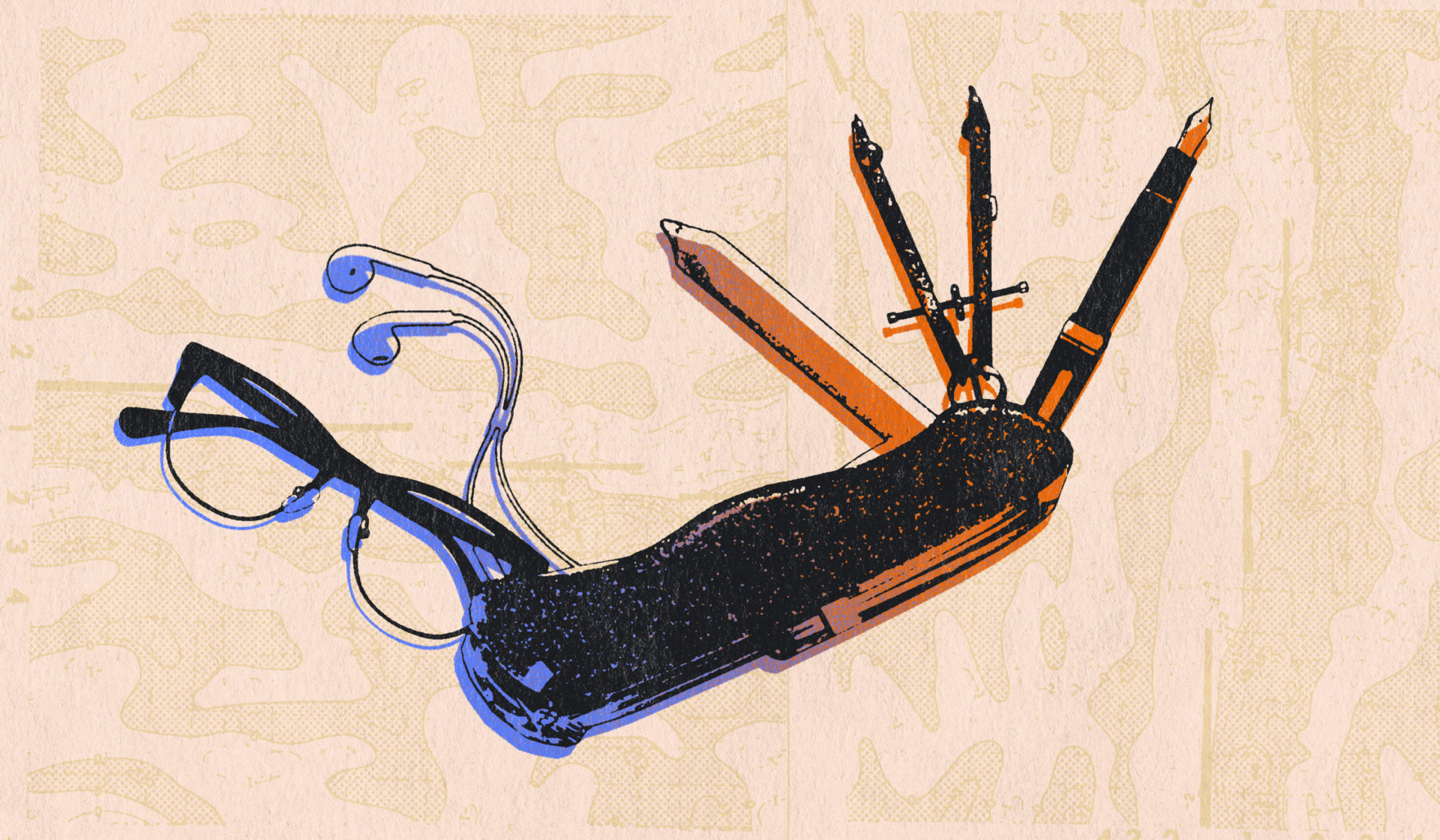Is your instructional-design toolkit up-to-date? Our team prioritizes balancing timeless and timely: referencing the tried-and-true while staying on the cutting edge of the learning landscape. Whether you’re getting started with instructional design, looking to dig deeper, or just checking out the scene, we’ve rounded up the best resources for instructional designers.
Models
As with most industries and responsibilities, prescriptive models abound. We find it important to have awareness of such models, whether instructional-design specific or covering a broader learning context, as well as of their strengths and weaknesses. Understanding these models helps us determine how and if they’ll inform our approach, including our learning principles, which drive everything we do. Take a look at the four models we often look to as we design learning solutions that create change.
Kolb
Because we’re all about creating change with learning, we’ve spent some time with Kolb’s Learning Model. We’ve taken the traditional four phases of Kolb (concrete experience, reflective observation, abstract conceptualization, and active experimentation) and applied them to learning design: discover, plan, apply, and reflect.
Kirkpatrick
Another model that informs our learning principles is Kirkpatrick’s model for learning evaluation: reaction, learning, behavior, and results. The Kirkpatrick Model provides the “why” behind the training and helps measure whether the training was successful.
ADDIE
You won’t get far down the instructional-design path without at least hearing about ADDIE (which includes five phases: analysis, design, development, implementation, and evaluation). In fact, most instructional design models are variants of this one.
SAM
One such variant is SAM, or the Successive Approximation Model, which is a simplified version of ADDIE, designed to bring feedback into the process sooner, saving time and money in the long run.
Books
We try to stay in tune with other thought leaders in the instructional-design space. A couple of our favorites continuously inform our approach to instructional design:
- Cathy Moore’s Map It: The Hands-on Guide to Strategic Instructional Design (which we recommend so highly that we gave it its very own post)
- Julie Dirsken’s Design for How People Learn
- Simon Sinek’s Start with Why
Podcasts
Podcasts are another great way to stay plugged into the ID scene. Here are a few we recommend checking out.
- TLDCast: The Training, Learning, and Development Community is an active podcast with 450+ episodes.
- The eLearning Guys: This podcast is specific to Articulate Storyline.
- #IDIODC: The Instructional Designers in Offices Drinking Coffee podcast is hosted by the team at dominKnow, an instructional design authoring tool
- Instructional Redesign: This podcast explores topics of instructional design, eLearning, and broader L&D concepts.
- Dear Instructional Designer: While this podcast is no longer recording new sessions, there’s a solid backlist of 57 episodes.
Articulate Rise like you've never seen it before
When you love something, you want more of it. That’s why we created Mighty, a powerful little Google Chrome extension that helps us (and you!) do more in Articulate Rise. If Rise is your go-to authoring tool, Mighty has the features and functionality you need to level up your visual design, increase your efficiency, and create better learner experiences. Want to see all that Mighty can do? Start your free trial now!
Learn more + sign up→Social communities
Some of the best resources for instructional designers are people and the connections we build! There are many benefits to engaging online with the global instructional design community. Networking, of course, is an obvious one. Social communities also help you stay up-to-date on trends, talk shop, and get feedback. Not only that, but staying tuned in might help you recognize gaps in the market. Here are some of the top communities you should know about:
- The Association for Talent Development (ATD) is the largest community of professionals who develop talent and offers tons of resources and networking opportunities, among other things, to members.
- The Instructional Design community on Reddit is an organized place to connect with other instructional designers and grow your awareness of topics important to instructional design.
- There are many groups on Facebook, two of the most notable being eLearning Industry and Instructional Designer.
- LinkedIn’s E-Learning 2.0 is going strong at nearly 90,000 members with The Learning Guild not far behind it.
- And there’s always the #InstructionalDesigner hashtag to find related posts on Twitter.
Maestro resources
Our blog is filled with resources for instructional designers to help take your work to the next level—here are a few to get you started:
- Instructional Design Tools to Adopt in 2022
- How to Conduct a Learning Environment Analysis
- Instructional Design Demystified: What Is It, and How Do You Do It?
- The Last eLearning Storyboard Template You’ll Ever Need
- An Up-to-Date List of Accessible Components in Rise
- How to Write a Scenario That Actually Engages Your Learners
Juggling timeless and timely
Resources for instructional designers will always remain a balancing act of timeless and timely, as some aspects of what works best will remain classic while other aspects will evolve alongside ID innovations, the moving target of learners’ needs and wants, and continued research in the field of learning. By fueling your understanding with both what’s always worked and what’s new and improved, you’ll stay on top of your learning game.
Instructional Design Tools to Adopt in 2024
Our favorite instructional design tools create pathways for our audience to engage with the learning solution and streamline how we collaborate with our team and stakeholders. Find out what tools you should adopt in 2024, from software to writing guides.
Read the blog post→